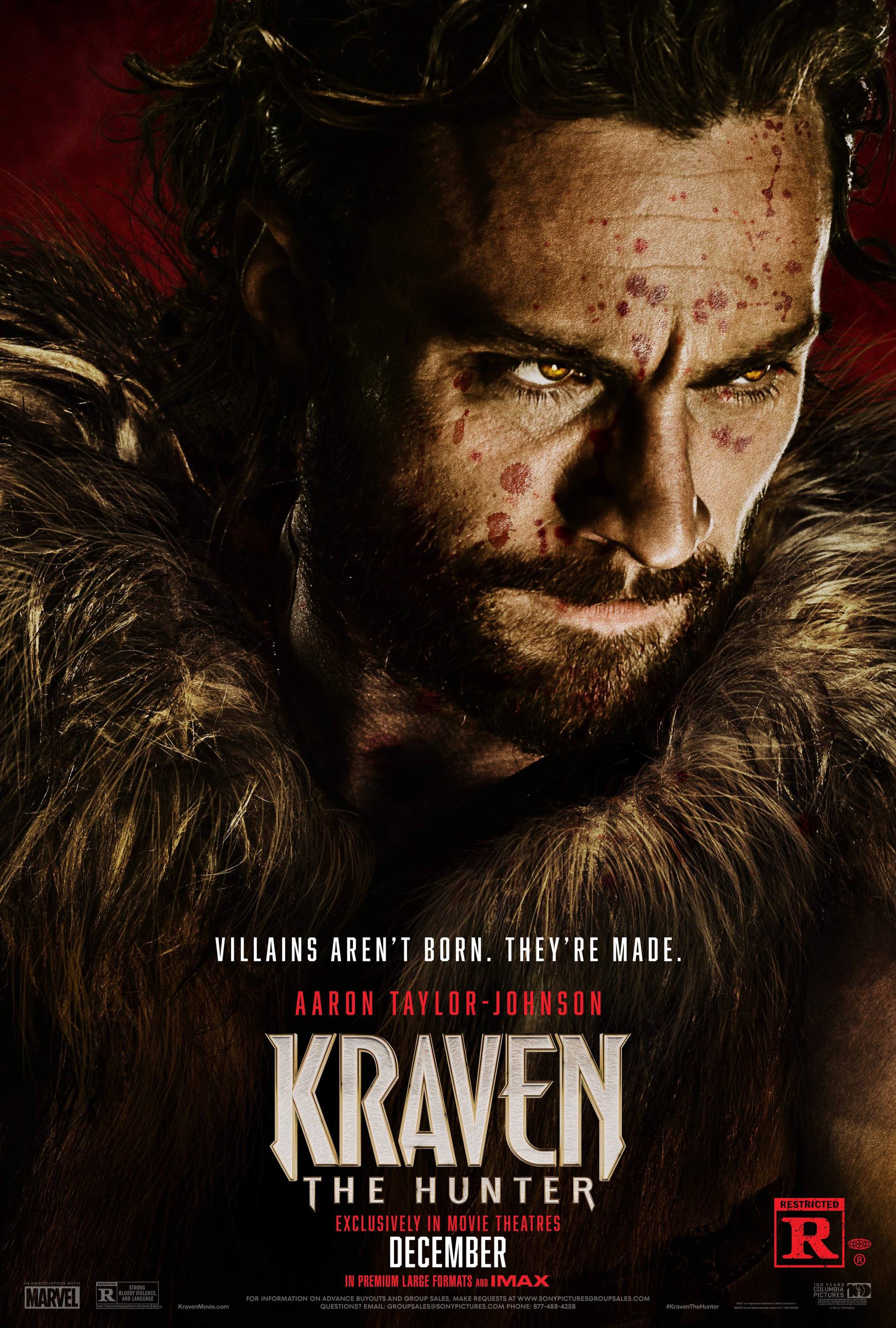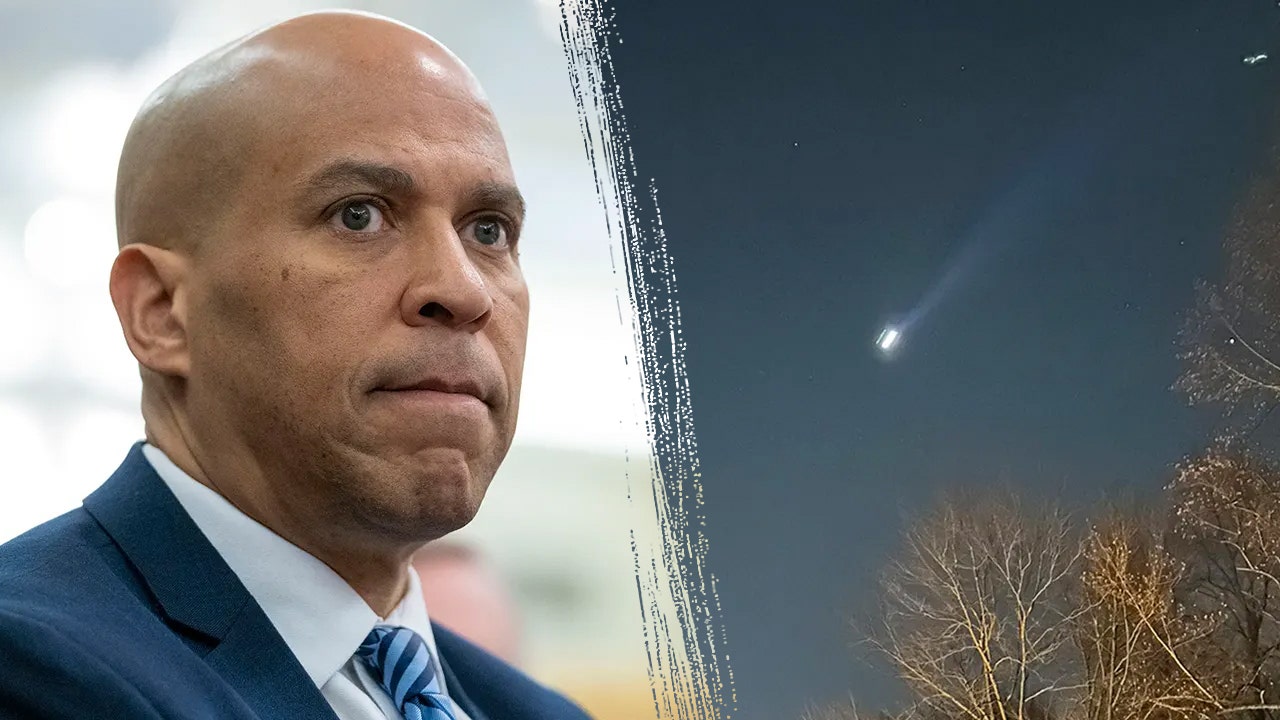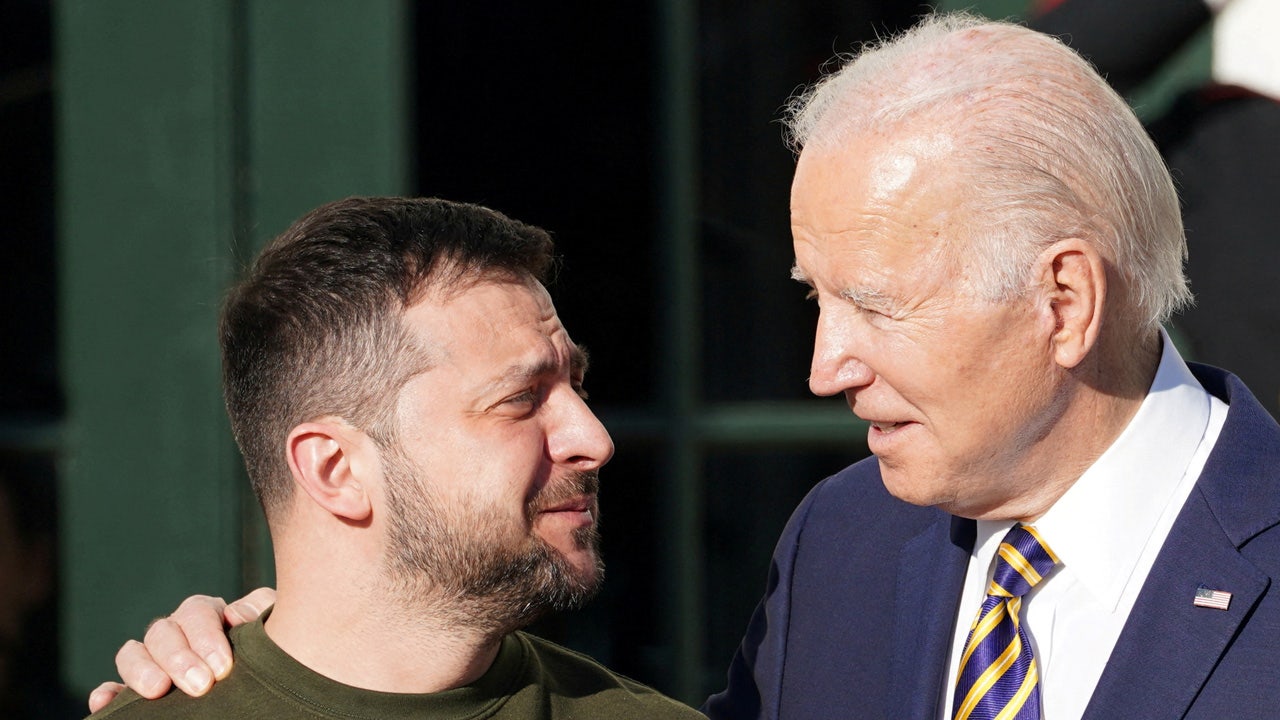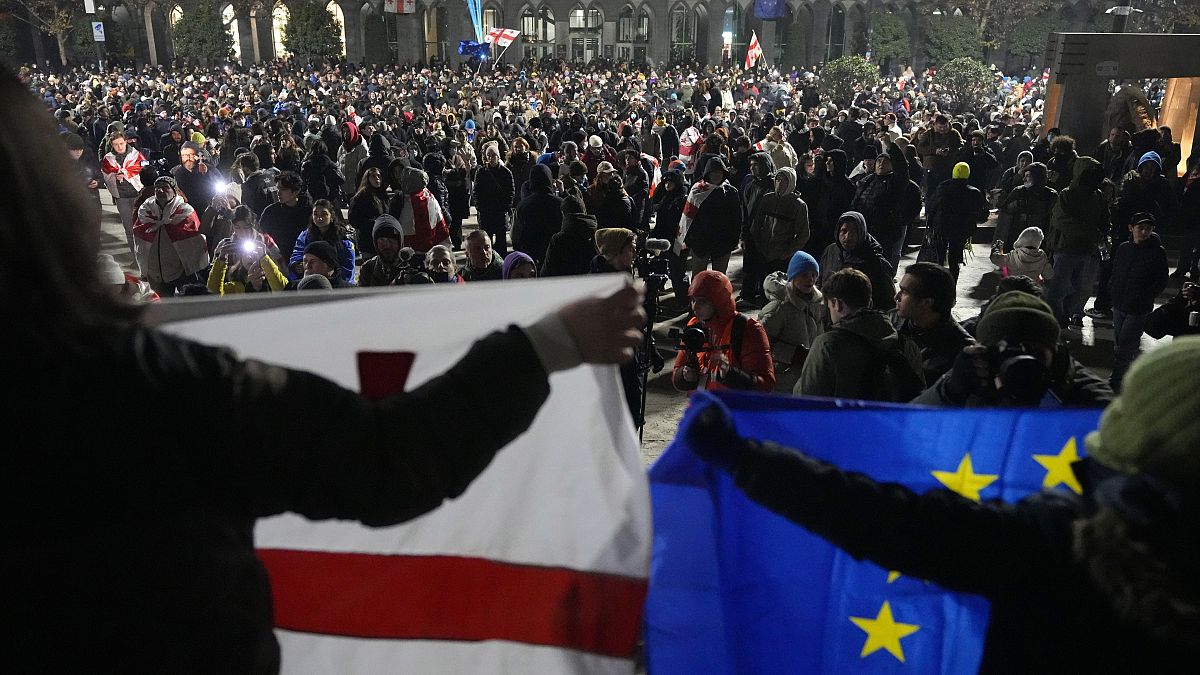There’s always been a curious magnetism to Middle Earth’s rich mythology of untold tales — the whispered legends tucked into appendices, or the histories that get only a fleeting nod in Tolkien’s pages. The War of the Rohirrim, the latest foray into this hallowed realm, takes up the challenge of unearthing one such story: the origin of Helm’s Deep, the fortress whose name alone conjures echoes of Peter Jackson’s grandiose battle sequence.

There’s also a peculiar kind of pressure that comes with adapting Tolkien. You’re tending to the sacred flame of geekdom, stewarding a world whose fan base makes the Uruk’s look tame. Kenji Kamiyama’s anime feature is not so much a gallant charge into this rarely-charted territory as it is a cautious trot down a well-worn path, with just enough novelty to justify its existence and plenty of fodder for those who find Middle Earth’s cinematic ubiquity exhausting.
The Lord of the Rings: The War of the Rohirrim (English)
Director: Kenji Kamiyama
Cast: Brian Cox, Gaia Wise, Luke Pasqualino, and Miranda Otto
Runtime: 134 minute
Storyline: The story of Héra Hammerhand, the daughter to the king of Rohan, and her family as they defend their kingdom
Set two centuries before the Fellowship’s arduous quest, The War of the Rohirrim focuses on Héra (voiced by Gaia Wise), the spirited daughter of Rohan’s king Helm Hammerhand (voiced with gravelly gravitas by Brian Cox). Héra is a proto-Éowyn — a horse-riding, sword-swinging shieldmaiden who dreams of defying patriarchal expectations. She is everything Tolkien’s women were often not: a warrior with a strong arc, albeit one that doesn’t quite escape the pull of predictability.

A still from ‘The Lord of the Rings: The War of the Rohirrim’
| Photo Credit:
Warner Bros
Crafted by a fellowship of writers including Philippa Boyens (a veteran of Jackson’s trilogy), the screenplay tries valiantly to inject her with a sense of agency, yet she remains curiously adrift, and more of a narrative device to tie together a tale of revenge and ruin.
Revenge, in fact, is the film’s driving force. The plot kicks off when Helm accidentally one-punches a rival lord to the afterlife during some testosterone-charged negotiations. The man’s son, Wulf, swears vengeance. He is your standard-issue villain — brooding, snarling, and single-mindedly set on destruction.
Wulf’s siege on Helm’s Deep — the iconic fortress not yet mythologized by Gandalf’s epic third-act cavalry charge in The Two Towers — forms the better part of the story. It spans a bitter winter with an extended set piece that Kamiyama renders with a painterly menace: snow-swept battlements, dwindling supplies, and a creeping sense of doom that evokes a slow-burning dread. It’s grim, atmospheric, and at times hauntingly beautiful.
But then the characters start talking, and the spell breaks. Over the second act, the quality of the dialogue takes a plunge off the deep end and veers into clunky exposition, robbing the quieter moments of their power, sort of like watching the Battle of the Pelennor Fields with an LOTR nerd pausing every five minutes to explain why their favourite character is an inanimate siege weapon (guilty).
Visually, The War of the Rohirrim is an intriguing paradox. Its multi-dimensional animation recalls the tactile wonders of Jackson’s films, with sweeping vistas and intricate details that pay homage to Middle Earth’s grandeur. Kamiyama’s Rohan also shares an unmistakable kinship with Ghibli. The windswept plains, dotted with lone riders against an endless horizon, feel like they’ve galloped straight out of Nausicaä. Héra’s rebellion against her father’s ironclad ideals echoes the fierce, untamed spirit of Mononoke’s San, while Helm’s descent into myth could easily pass for the sort of sombre tragedy Miyazaki might weave into his more melancholic works.

A still from ‘The Lord of the Rings: The War of the Rohirrim’
| Photo Credit:
Warner Bros
But where Ghibli tempers its bloodshed with quiet, meditative beauty — a moment to watch the wind ripple through the grass or the sun dip below the horizon — Rohirrim charges headlong into battle, its sense of wonder often lost beneath the clamor of swords and overly scripted dialogue.
What ultimately hampers The War of the Rohirrim is its own sense of obligation — to Tolkien, to Jackson, to the legions of fans who demand reverence for Middle Earth’s lore. In its best moments, the film embraces the arresting surrealism of anime or the introspective wonder of Miyazaki, but largely settles for something safer: a forgettable myth-making exercise. For a story steeped in Tolkien’s love of deliberate world-building, the rushed denouement also feels rather sacrilegious.
Still, there are treasures here for those willing to dig, and for Tolkien devotees, there is enough here to merit a watch. There’s of course a certain satisfaction in seeing Middle Earth’s cinematic universe expand, even if its endless appendices are starting to feel more and more like spinoff bait than the main quest.

Ultimately, The War of the Rohirrim is a curious beast — evoking neither the awe-struck majesty of Jackson’s epic trilogy, nor the offbeat whimsy of the Rankin/Bass animations, nor even the fever-dream charm of Bakshi’s rotoscoped oddity. It feels stranded somewhere in the middle, torn between paying solemn homage to Tolkien’s sprawling legendarium and daring to carve its own path.
‘The Lord of the Rings: The War of the Rohirrim’ is currently running in theatres
Published – December 13, 2024 04:41 pm IST
























